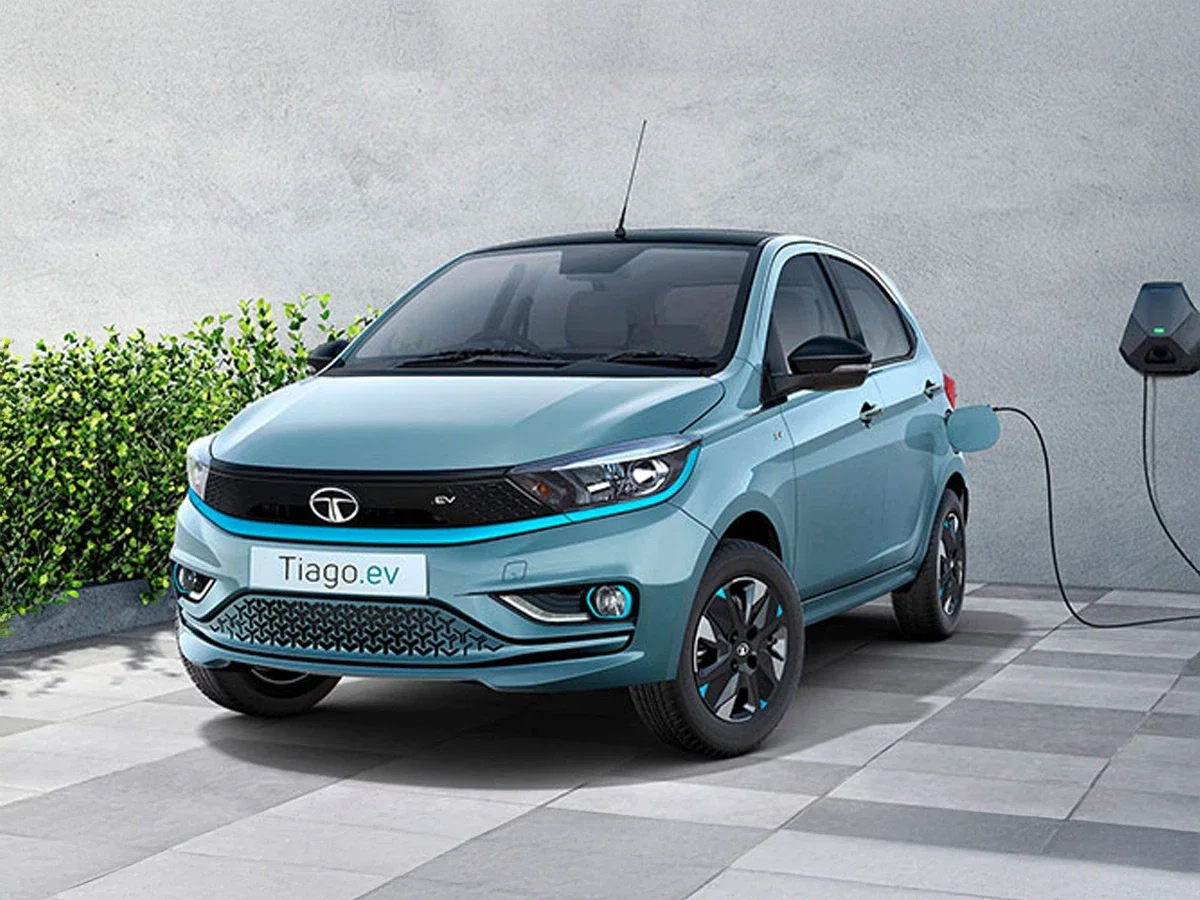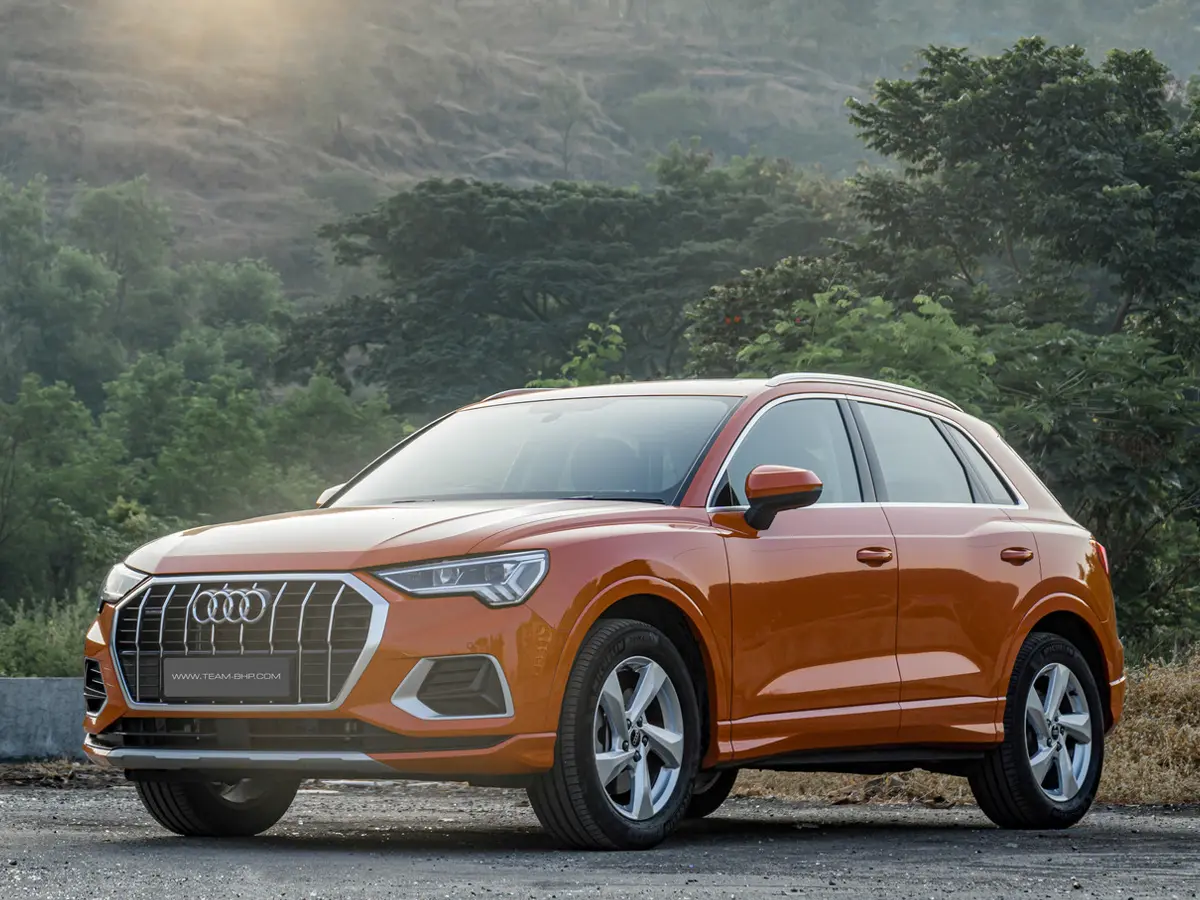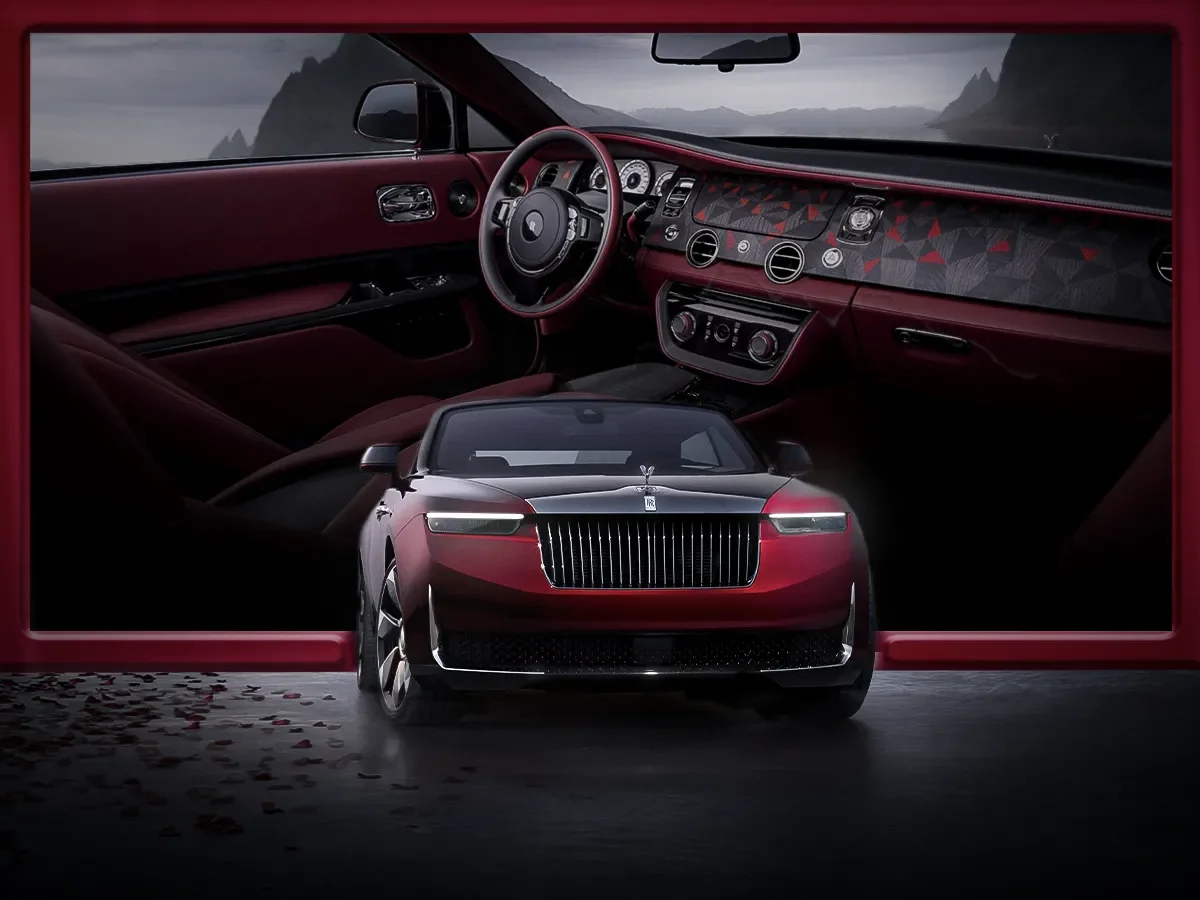

The Benefits of Deemed Ownership when Selling Your Car
- 1Deemed ownership shifts all legal risks from a car seller to a dealer instantly
- 2Car Sellers avoid challans, fines, and disputes once the car is handed over
- 3Clear VAHAN records build trust and make used car selling stress-free
- Immediate Benefits Sellers Gain with Deemed Ownership Rule
- Essential Actions Sellers Must Complete During Car Handover
- Important forms and what each one does for sellers
- Verify Form 29C Filing and Keep Acknowledgement
- Avoid Common Seller Mistakes
- How Deemed Ownership Protects Car Sellers
- What if a Challan Arrives after the Car Handover?
- Final Thoughts
Selling a car should be straightforward, but it often brings stress. Sellers worry about post-sale challans, unpaid fines, and long RC transfer waits. These worries are real. The deemed ownership rule introduced by the Ministry of Road Transport and Highways in 2022 reduces that stress. This blog explains the benefits sellers get and lists the exact steps you must take to keep that protection. Follow these steps, and you'll close a sale with confidence.
Deemed ownership makes the authorised dealer a temporary owner once the seller hands over the car. The dealer becomes responsible for the vehicle until the registration certificate is transferred to the buyer. The seller’s liability ends the moment the handover is recorded correctly using the right form on the VAHAN portal. This simple rule removes the old grey area between handover and RC transfer.
Immediate Benefits Sellers Gain with Deemed Ownership Rule
- Immediate relief from liability when custody is recorded. Sellers stop receiving fines and challans for events that happen after handover
- A clear digital record that proves you handed over the car on a specific date. This record helps resolve disputes quickly
- Less time spent chasing RTO paperwork and fewer follow-ups with buyers
- Greater confidence to sell via authorised marketplaces and recognised dealers. This often leads to a quicker sale and a better buyer pool
- More predictable outcomes because dealers must keep trip logs and restricted use while the car is in custody
Essential Actions Sellers Must Complete During Car Handover
Follow this checklist on the day you hand over the car. Do each item and keep copies.
- Choose an authorised dealer or a verified marketplace before you hand over the car. Confirm their authorisation certificate and keep a copy.
- File Form 29C on the VAHAN portal and obtain the acknowledgement. Save a screenshot and a PDF of the acknowledgement.
- Obtain a signed delivery note from the dealer with the exact date and time. Keep the delivery note with your sale papers.
- Provide clear ID and address proofs that match the RC details and keep copies of these documents.
- Clear any visible pending challans before handover and collect the receipts for those payments.
- If the car is under loan, get the bank’s written consent or a loan closure letter. Do not hand over the car without bank consent.
- Share the insurance copy and confirm whether the dealer will arrange interim cover. Note this in writing.
Important forms and what each one does for sellers
- Form 29C: This is the seller’s intimation of delivery to a dealer. Filing this form on VAHAN records the handover officially. It is the most important form for the seller.
- Form 29D: This records dealer trip logs while the car is in custody. The trip log shows dates, drivers, purpose, and distance. A proper 29D protects the seller by proving limited use.
- Form 29 and Form 30: These are the transfer of ownership forms used later when the car sells to a buyer. The dealer usually files these forms. The RC updates to the buyer once these forms process at the RTO.
Verify Form 29C Filing and Keep Acknowledgement
- Ask the dealer to show the VAHAN acknowledgement and then take your own screenshot
- Save the reference number and the timestamp from the acknowledgement
- Email the screenshot to yourself and to the dealer so you have a time-stamped record in two places
- Note the VAHAN entry in your sale folder and use it if any challan or dispute arises
Avoid Common Seller Mistakes
- Handing over keys without a signed delivery note. Always get the delivery note before you leave
- Not saving the Form 29C acknowledgement. Take the screenshot immediately after filing
- Handing the car to an unauthorised dealer. Always check authorisation first
- Ignoring loan status. Confirm bank consent or closure in writing
- Leaving unpaid challans. Clear small fines before handover and keep the receipts
How Deemed Ownership Protects Car Sellers
- Day 1: You hand over the car and file Form 29C. Your liability ends when the form shows on VAHAN
- Days 2 to 14: The dealer keeps the car for inspection, test drives, or servicing. All movements are recorded in Form 29D
- Day X: Dealer sells the car to a buyer and files Forms 29 and Form 30 for RC transfer
- Day Y: The RTO updates the RC to the new buyer’s name.
What if a Challan Arrives after the Car Handover?
- Share your Form 29C acknowledgement with the challan authority to show the dealer had custody on the date of the incident
- Contact the marketplace or dealer support with the evidence and ask them to take responsibility
- If the dealer misuses the car and refuses to help, escalate to consumer forums and file a complaint with the RTO
Final Thoughts
The deemed ownership rule moves responsibility to the dealer at the moment you hand over the car and file the correct form. This change protects sellers from many common problems that caused worry in the past. If you follow the checklist and keep the right records you will sell your car with far less stress and far greater certainty.
Frequently Asked Questions
Expand all





















